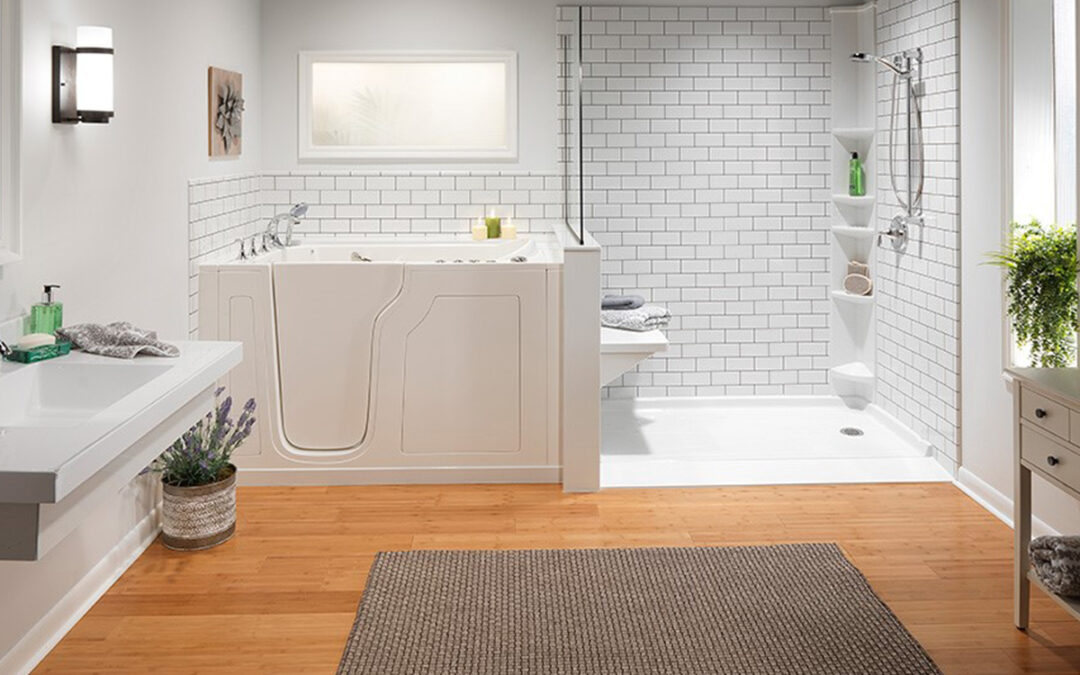Like many cultures worldwide, American society is getting older on average. As people live longer and have fewer children, the demographics of the population are changing rapidly. In the United States, where multi-generational households are less common, the architectural profession is helping people stay in their homes far longer than would otherwise be possible.
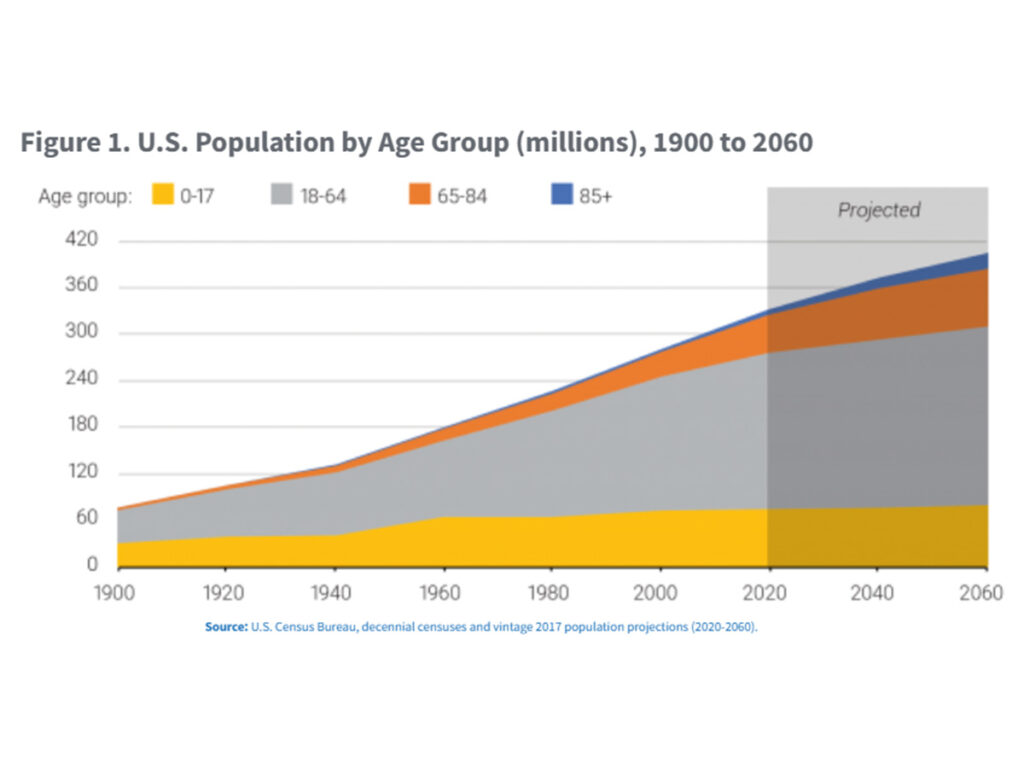
Projected age in the United States by the year 2060. Chart provided by the U.S Census Bureau.
As we age, our physical needs change, and our homes should be adapted to ensure continued comfort, safety, and independence. Modifying a house for older occupants is often defined as “Aging in Place” and is crucial for maintaining quality of life and preventing accidents. These adaptations can range from simple, cost-effective changes to more extensive renovations, all contributing to a more comfortable, supportive, and accessible environment.
One critical concern is preventing falls among older residents. As we age, our bones often become more brittle, and a single serious fall can lead to declining health or even death. Adding grab bars to bathrooms and replacing traditional high-sided bathtubs with roll-in showers or walk-in tubs is one way to address the danger of falls. Replacing a toilet with one that has a higher seat is another way to make the fixture easier to use (and more water-efficient at the same time).
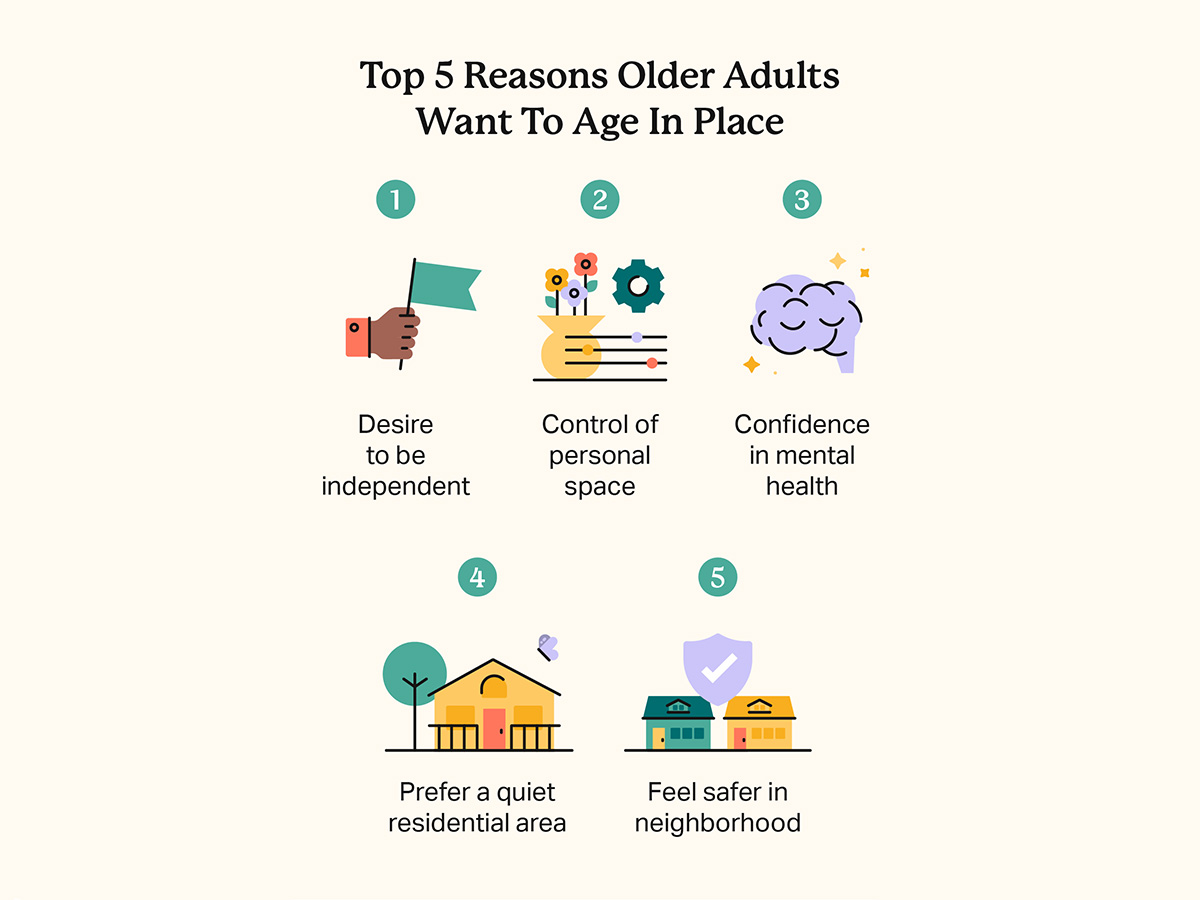
Another concern for older adults is mobility, and there are many simple modifications that can make a significant difference. For instance, replacing doorknobs with lever handles can reduce strain on arthritic hands. Improving lighting throughout the house, especially in hallways and stairwells, minimizes the risk of falls. Removing throw rugs or securing them with non-slip pads prevents tripping hazards. These small changes can drastically improve safety and ease of movement within the home.
Kitchens can also be modified to enhance functionality for older residents. Repositioning frequently used items within easy reach eliminates the need for bending or stretching. Pull-out shelves in cabinets improve accessibility to stored items. Replacing traditional faucets with touchless or lever-handled models can be beneficial for those with limited hand strength or dexterity. Ensuring adequate under-cabinet lighting is also important for safe food preparation.
Beyond these room-specific modifications, consider wider doorways and hallways to accommodate wheelchairs or walkers if needed. Ramps or zero-step entrances can make entering and exiting the home easier and safer. For multi-story homes, adding a domestic elevator or stairlift can provide a safe and convenient way to access different levels.
In our designs, we often create a library with an ensuite bath that can easily be converted to a ground-level bedroom when the occupants of the house no longer feel comfortable or able to access an upper floor.
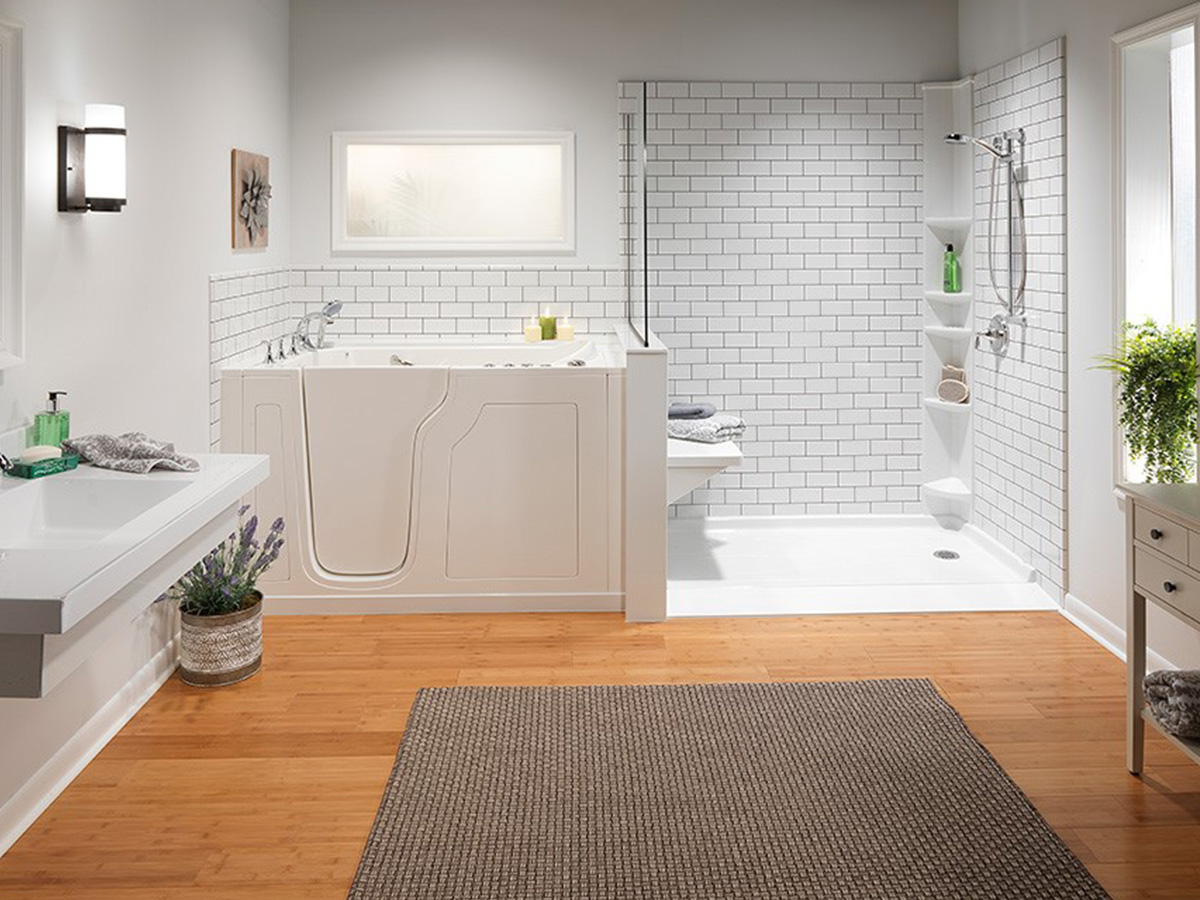
A luxury bathroom with a walk in tub, shower, and an accessible sink.
The importance of adapting homes for older occupants extends beyond physical safety. These modifications can foster independence and maintain a sense of control, contributing to emotional well-being. By creating a comfortable and accessible environment, seniors can continue to live in the homes they love, surrounded by cherished memories.
While some modifications can be tackled as do-it-yourself projects, it is often advisable to consult with professionals specializing in home modifications for seniors. They can assess the specific needs of the individual and recommend appropriate solutions. Occupational therapists can also provide valuable insights into adaptive strategies and equipment.
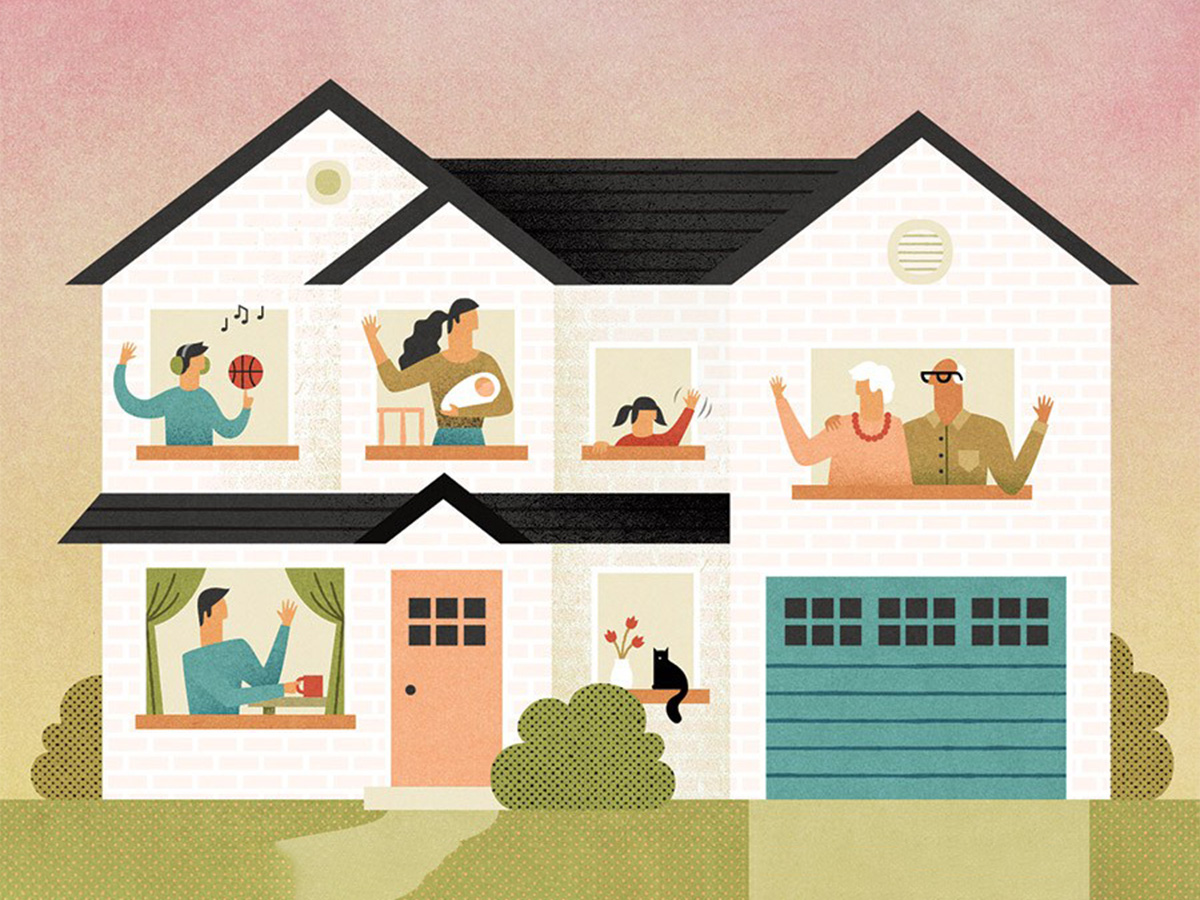
Due to the projected age increase of the population, multigenerational housing can provide the elderly with the opportunity to stay at home with their loved ones for longer.
With nursing home fees running between $5,000 and $10,000 per month per person in many states, gaining two to three extra years in a family home is not only preferable on a personal level, but also on a financial level. Investing in these “Aging in Place” modifications is a smart investment in the future. It allows older adults to age gracefully and comfortably in place, maintaining their independence and quality of life for years to come. Planning and implementing these changes proactively can make a significant difference in the lives of aging loved ones and provide peace of mind for families. If you live in our area, love your house, and want to continue living in it as long as possible, give A4 Architecture a call!
Ross Sinclair Cann, AIA is a historian, educator, and practicing architect. He is the Founding Principal of A4 Architecture in Newport, Rhode Island, and holds architecture degrees from Yale, Cambridge, and Columbia Universities. A4 Architecture is working to create high-quality housing throughout Rhode Island and the surrounding states.
